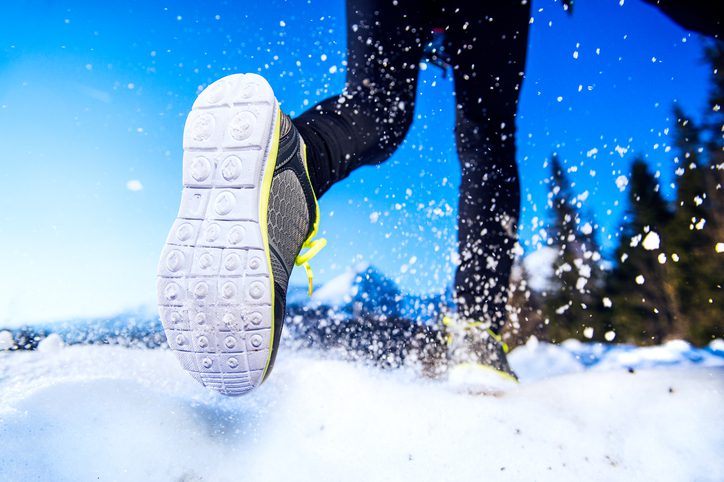In discussing a new shoe with a co-worker, I remarked that I found the cushioning very firm. They thought we must be discussing two different shoes, since they found it quite soft. I asked myself, is the softness or hardness of a shoe’s midsole cushioning really that subjective? (Is one person’s marshmallow another person’s brick?)
I also learned recently that a shoe I have really enjoyed was widely considered to be excessively soft. Comparing and comparing shoes’ relative hardness or softness is largely subjective, and a matter of personal preference; but there is also an objective way of measuring this via a gizmo called a durometer. (This term is also sometimes used to refer to a shoe’s softness or hardness itself.)

You may have seen shoe reviews where they cut the shoe in half; this is so they can measure the hardness of the midsole from inside the shoe, rather than outside the shoe, which will give a different result (the foam on the outside of the shoe is typically significantly harder, to protect against wear and tear). Note that there are different types of durometer devices for different materials; you wouldn’t use one designed to measure the hardness of rubber or wood to measure the hardness of your shoe’s midsole.
As explained by the folks at RunRepeat.com, a durometer is not a standardized measurement; it can only tell you how hard or soft a material is relative to other materials measured with the same device (preferably on the same day).

Running shoe brands are driven by the market’s changing desires, and they are constantly tweaking the composition of their midsole cushioning foams in response to consumer feedback. You might hear that a particular version of a shoe was considered “too soft,” so the brand hardened up the foam in a subsequent version, or vice versa.
Other considerations
Comfort is not the only consideration when evaluating a shoe; you also want something that will last a decent amount of time before you have to replace it. Shoe foam loses its resilience over time, and, generally speaking, a softer shoe will wear out faster than a harder shoe, so you want to strike a balance between comfort, performance and durability.

In the end, it boils down to individual preference, and the shoe’s purpose. A shoe intended primarily for comfort on long runs will generally have a softer midsole than a shoe made for short interval workouts, which will be firmer and more responsive. The challenge for brands is to create shoes that appeal to as wide an audience as possible–runners who, given that a decent pair of new running shoes cost around $200–only want to buy one pair at a time, and want something that will work acceptably well for every aspect of their daily training (easy runs, speedwork and long runs). This is also what makes the job of shoe reviewing so fascinating; there are many variables to consider, not the least of which is individual preference.
Since you’re not likely to own a durometer (or to cut your shoes in half for a more accurate measurement), you can find information online on the relative hardness or softness of different shoe models. You can also try on shoes and press your foot against the sharp edge of a stair or bench to see how easily the foam compresses. In a matter of time, you’ll be able to judge how soft or how hard you like your shoes.

